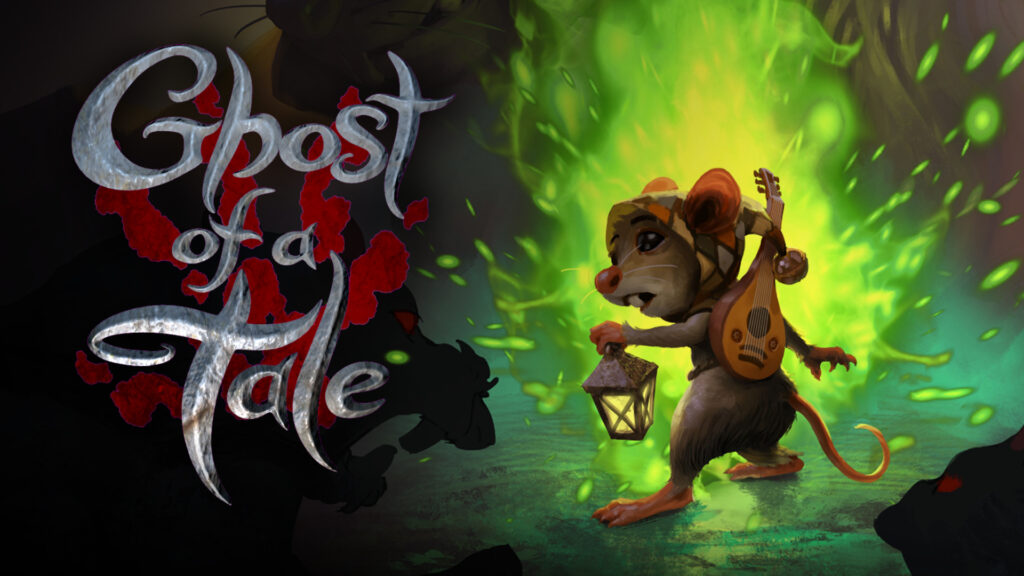
Metal Gear Solid, Splinter Cell, Deus Ex, Thief and Dishonored were all excellent stealth game series, but they have vanished from the gaming landscape as of late. Today there is little choice if you want a stealth game, and your only options are either Hitman or hide-and-seek horror games.
SeithCG is an ambitious and very small team. Mostly comprised of Lionel Gallat who handled almost every aspect of its development, Ghost of a Tale aims to slake the void of lacking stealth games today. It incorporates light RPG elements, and a colorful cast of anthropomorphic critters set in a complex super jail.
With no game development experience, has Gallat bitten off more than he can chew? The designer’s experience lie in feature animation, and while that shows with Ghost of a Tale‘s impressive production values, is there any substance to this high fantasy stealth game? Most importantly, how much has the Nintendo Switch conversion been compromised if at all?
Ghost of a Tale
Developer: SeithCG
Publisher: Plug In Digital
Platforms: Windows PC, Nintendo Switch (reviewed) PlayStation 4, Xbox One
Release Date: March 13, 2018 (Windows PC), March 12, 2019 (PlayStation 4, Xbox One), October 8, 2020 (Nintendo Switch)
Players: 1
Price: $24.99
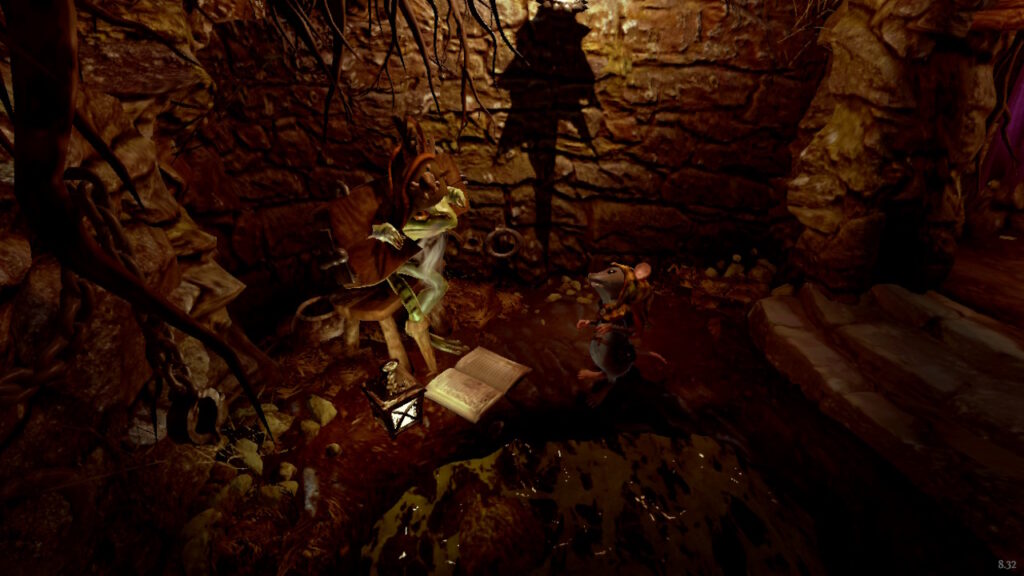
Ghost of a Tale‘s most defining aspect is its impressive art direction and concepts. If you played this on PC, PlayStation 4, or Xbox One, you would be floored by its style and atmosphere. Being a game made in Unity made it scalable to be ported to Nintendo Switch, but how faithful is this conversion?
Compromises had to be made. Ghost of a Tale was demanding on PlayStation 4 and Xbox One, where it had a fluctuating frame rate and egregious LOD pop-in. The Switch limitations are taken even further with paired back atmospheric effects, low resolution textures, and even more aggressive LOD restrictions.
Even with these compromises, Ghost of a Tale still manages to look pretty good on a small screen. The earthy hues and lush greenery gives the setting a lived-in quality. Lighting is completely in real-time, and the day and night cycle can lead to stark evenings and golden afternoons.

The animation quality transitioned to Switch specs faithfully. Details like the way articles of clothing and bits and bobs attached to characters bounce around as they move is very convincing. Touches like this make controlling Tilo the mouse more satisfying, and makes him feel more grounded.
Even with the low resolution visuals, Ghost of a Tale‘s art shines. Not everything looks as good as it could. There is a lot of clipping with the 3D geometry. Lots of foliage is sloppily placed in the environment, and cuts right through solid structures.
Tilo’s lute noticeably clips through various articles of clothing and sometimes his on body. There is never a moment he takes it off, so it is disappointing that the modeler and animator did not put in enough care into something that will always be visible at all times.

After adjusting to the compromised visuals of the Switch version of Ghost of a Tale, it still manages to be an immersive experience. The character dialogue and ambiance is effective at drawing the player into the world.
Tilo meets a lot of unusual characters who have individual speech patterns and mannerisms, and every single one of them has their own reason why they are stuck in Dwindeling Heights. There is a profound sense that Tilo is truly a small player to a much bigger world.
The situations Tilo can get mixed up in play out naturally and do not come off as contrived. A lot of it works due to how Tilo’s dialogue choices are written, and the believable reactions from the supporting cast.

Tilo will be able to befriend several critters on his escape from prison. Everyone has their own story to tell, and becoming a part of it is how the dense plot of Ghost of a Tale unfolds. Usually it means that an NPC will give you a checklist of stuff to find in the prison, and it becomes a matter of careful exploration to find it all.
Dwindling Heights is teeming with rat guards and lethal spiders. Tilo is a mouse, but he is not Mighty Mouse. The only means he can negotiate with threats is either stealth, subterfuge, or knocking them out using the environment. Most of the time, his best option is to run and hide.
The stealth in Ghost of a Tale is very forgiving. The patrolmen are not rigorous at their job, and won’t look too hard if Tilo hides in the only box in the vicinity, so long as it was out of the enemy’s line of sight. On top of this, you can quick-save in any hiding spot, which makes it too easy to save-scum.
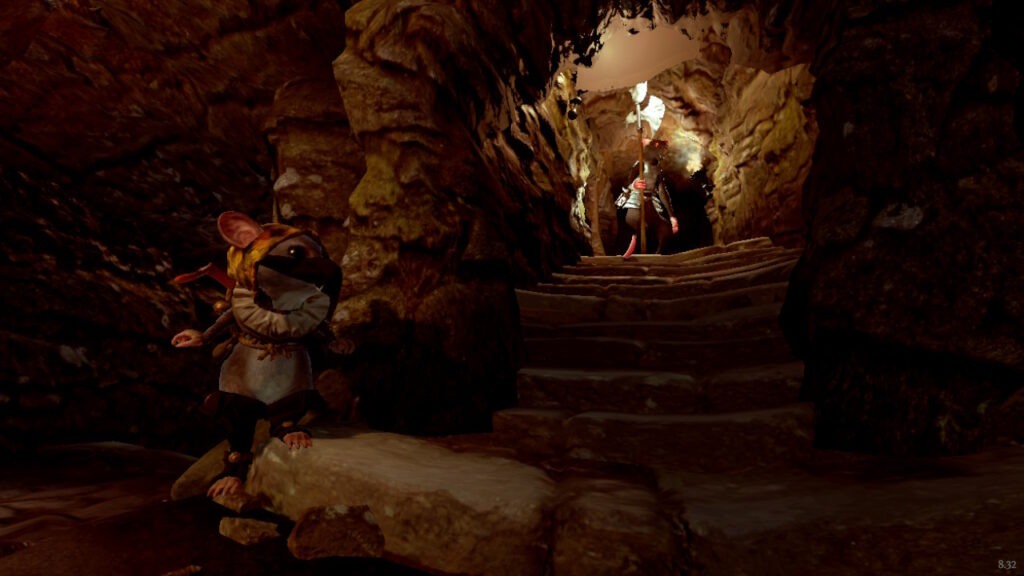
Failure is a meek slap on the wrist, and simply letting the rats kill Tilo so you can reload from his last hiding spot is more desirable than using consumables due to a lapse in judgment. It is not often that you will need some of these items, but they have more uses- for other characters- than just to restore HP or stamina.
The equipment makes it easy to make Tilo specialize entirely in stealth. There is no reason why anyone would want to bother with buffing his defenses or HP, since the gameplay is so forgiving anyway. Putting everything into his stealth stat makes it so it takes incredibly long for rats to notice his presence.
This is where it becomes obvious that Ghost of a Tale was mostly developed by one guy. There is not much consideration put into the stats or the ways Tilo can specialize. The RPG mechanics are an afterthought, and the developer wasted time and resources into this aspect of the game where other areas needed his attention.
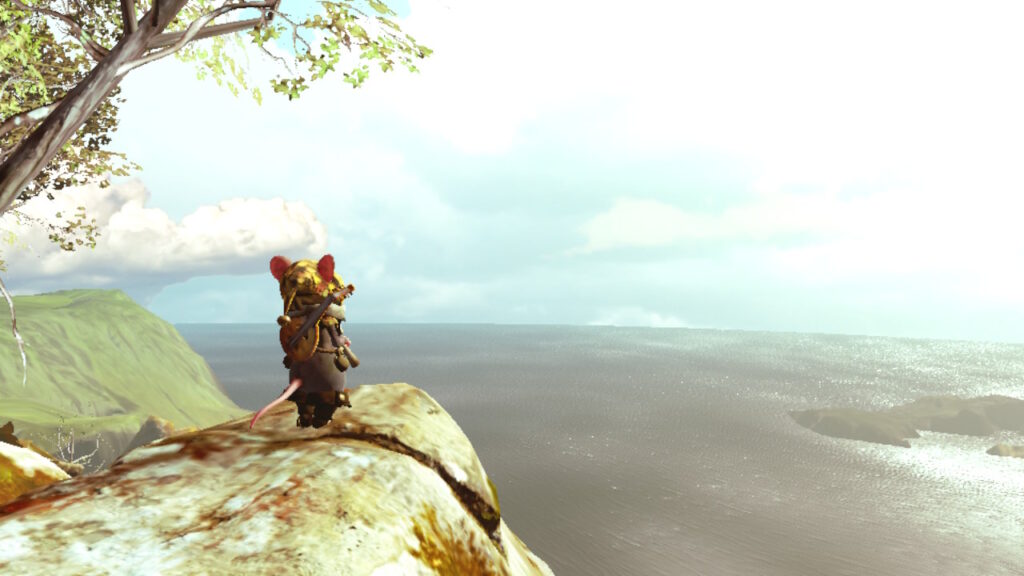
Just when Ghost of a Tale feels like it is about to open up and get really interesting, it comes to a sudden and abrupt conclusion. The framework established is incredibly solid for a stealth adventure game with carefully constructed world-building, and you want to see more of it. It is a shame that the experience wraps itself up so quickly.
Dwindling Heights is a comfy place in spite of it also being an incredibly hostile prison. The warmth of the aesthetics are inviting, and overgrowth of the flora has a zen-like appeal. The layout of the keep is full of winding passages and secret corridors that wrap around and connect to each other, making cheeky shortcuts.
The manner in which the setting is inter-connected grounds the world with a profound sense of place. It also means back-tracking is fast and easy, so having to double-back is rarely a chore. The deeper you explore, the higher the chance you will stumble upon a new shortcut.
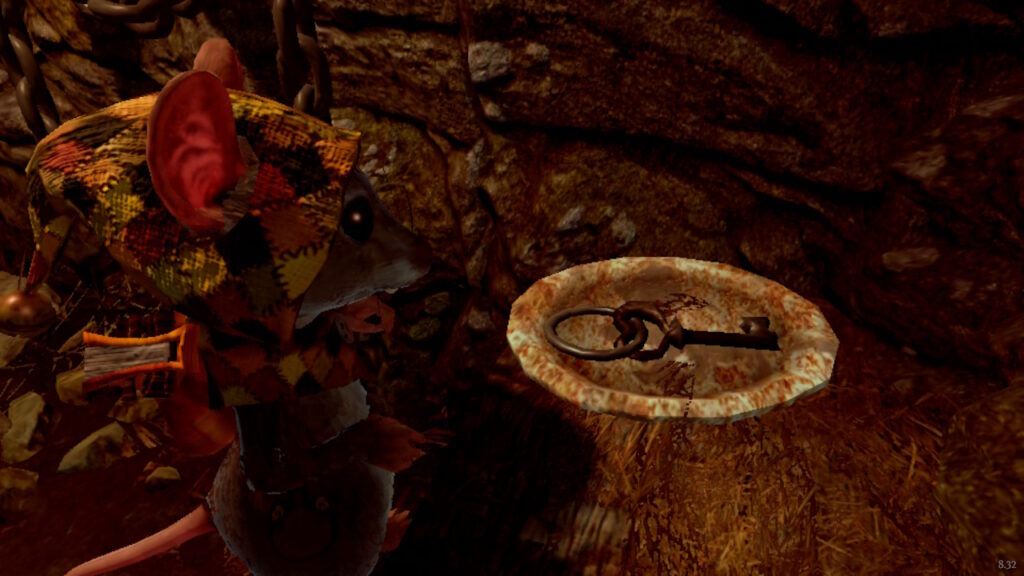
The lack of nondiegetic music does enhance the atmosphere of Ghost of a Tale. Stealth games do rely on sound, and being able to detect echoing footsteps in the distance does further reinforce the grounded tone. Tilo does sometimes sling his lute and plays a few ye olde medieval style tunes, and this is the extent of the soundtrack.
What is missing is Tilo’s singing voice. This was a missed opportunity since Tilo is a bard, and the songs he sings are authentically written. Perhaps this is a case of the developer prioritizing other aspects of the game, but why bother having such highly detailed visuals and songs if they will only be half-measures?
The lack of voices overall is felt, since the entire game is so deathly quiet. Playing in portable mode with max volume barely catches any sound, making game seem silent. If you concentrate your hearing, you might make out the sound of a crackling torch. If the developer could not acquire a voice cast, at the very least get someone to sing Tilo’s songs.
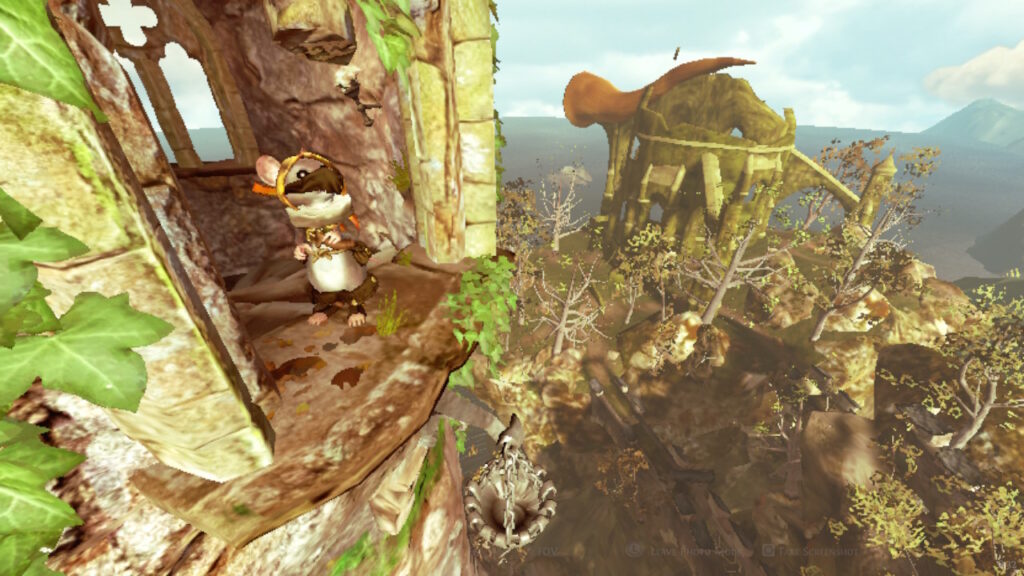
Tilo is a simple mouse out of his depth. Even though he is woefully unprepared, the casual stealth mechanics allow for an easy going experience where you can immerse yourself more into the story and characters. Ghost of a Tale is best played at a slow pace, reading item descriptions and taking in the ambiance.
The aesthetics and world building elevate a basic stealth adventure. The internal logic of how the setting is constructed feels real, and how every place is packed with touches that tell a story. It is a very ambitious and impressive first try at game development from a talented designer with no prior experience.
Upon first glance, it could be easy to mistake Ghost of a Tale as a mid-level developed game from a small company. It isn’t until the closing moments of the game where SeithCG’s limitations reveal themselves. It may not be best played on Nintendo Switch, but Ghost of a Tale is definitely worth a look on other platforms.
Ghost of a Tale was reviewed on Nintendo Switch using a retail copy purchased by Niche Gamer. You can find additional information about Niche Gamer’s review/ethics policy here.